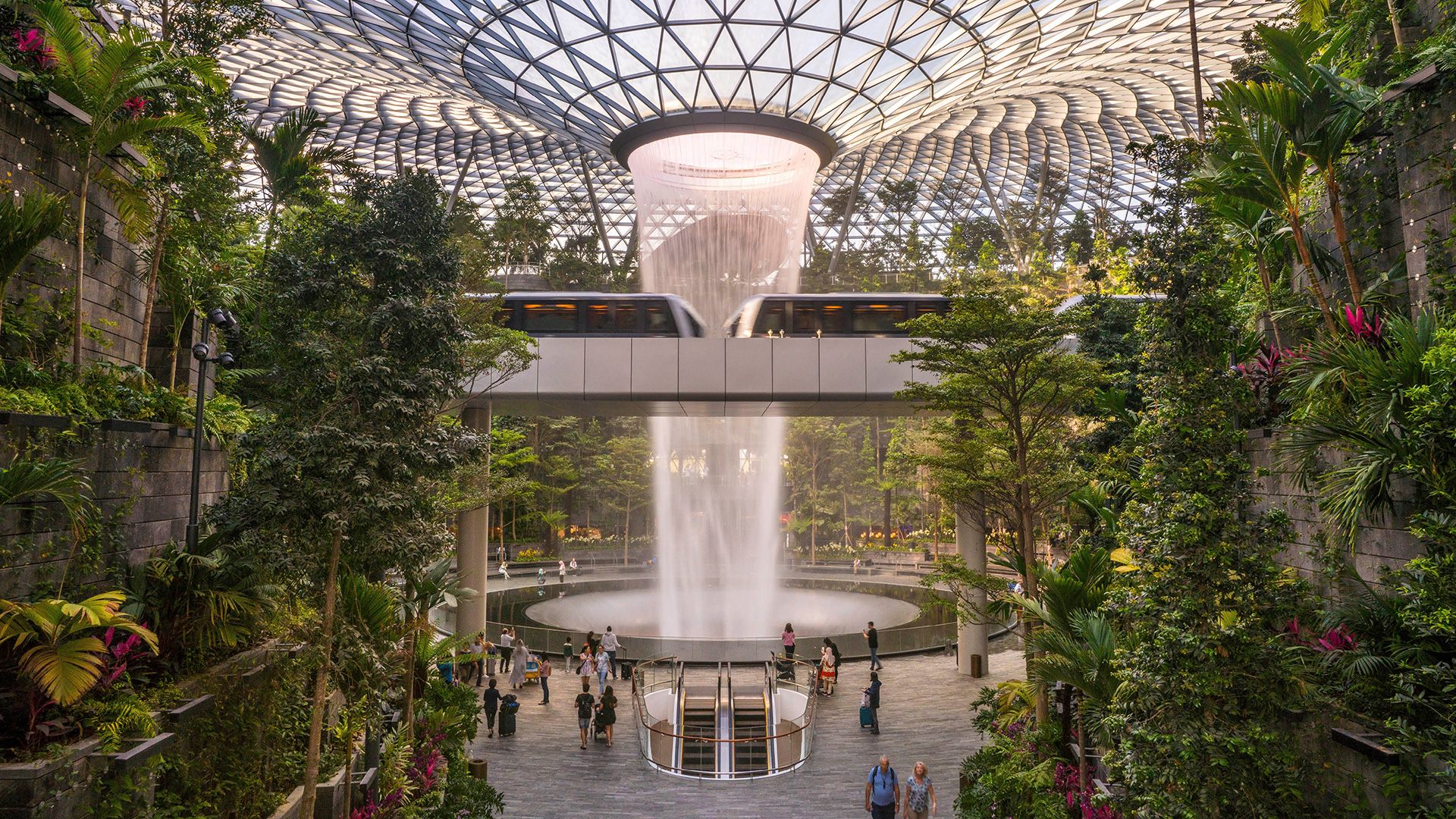-
Biophilic Design: A Research-Backed Source of Wellbeing

Following the plant-loving styles of Art Nouveau and the more recent interest in making our cities green again, defenders of biophilic design are planning to bring nature home to us. Indeed, having natural elements in close proximity optimizes our sense of well-being and reduce stress, all while increasing concentration and productivity — in fact, a study from the University of Exeter demonstrated that plants can boost our output by as much as 15%.
According to the 1960s American psychoanalyst Erich Fromm, "biophilia" is the love of living things. Inspired by his theory, "biophilic" design began to boom in the early aughts, enlivening and illuminating our interiors, and taking into account its shapes and patterns. Investing indoor spaces with elements like light, air, and water, it shaped sensorially-rich spaces that acted upon all five of our senses, with earthy color palettes and the use of essential oils and candles. Even if a space lacks windows, it's possible to endow it with new perspectives in the form of optical illusions. In any and all cases, it's a question of finding symbiosis between the organic and the synthetic. Today, space planners space planners and interior architects are increasingly placing their bets on biophilic design, a rising trend for a generation that's increasingly invested in the home.